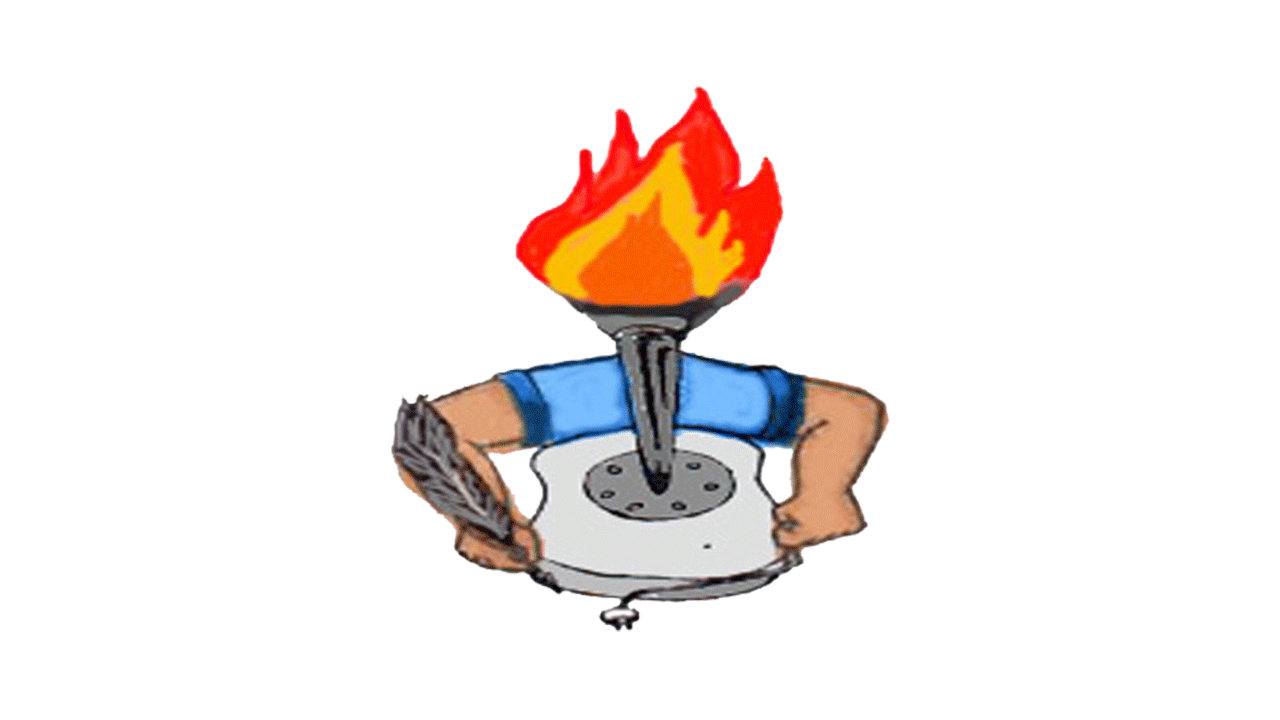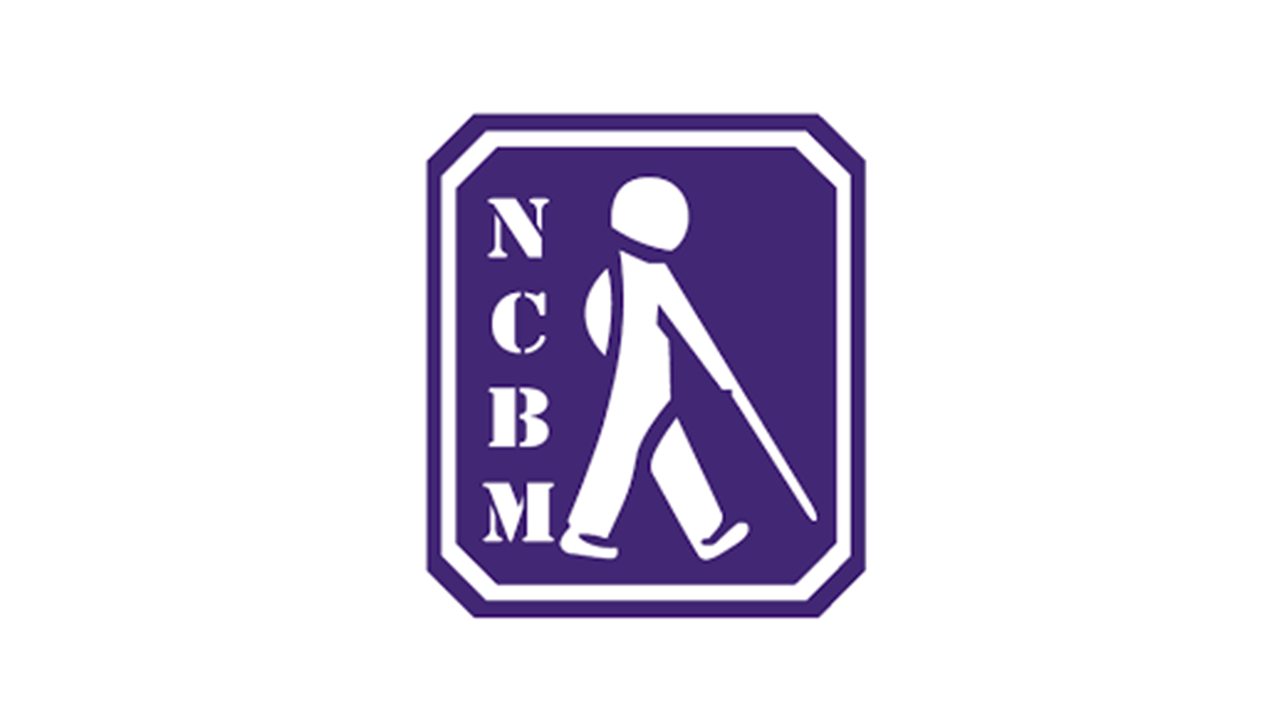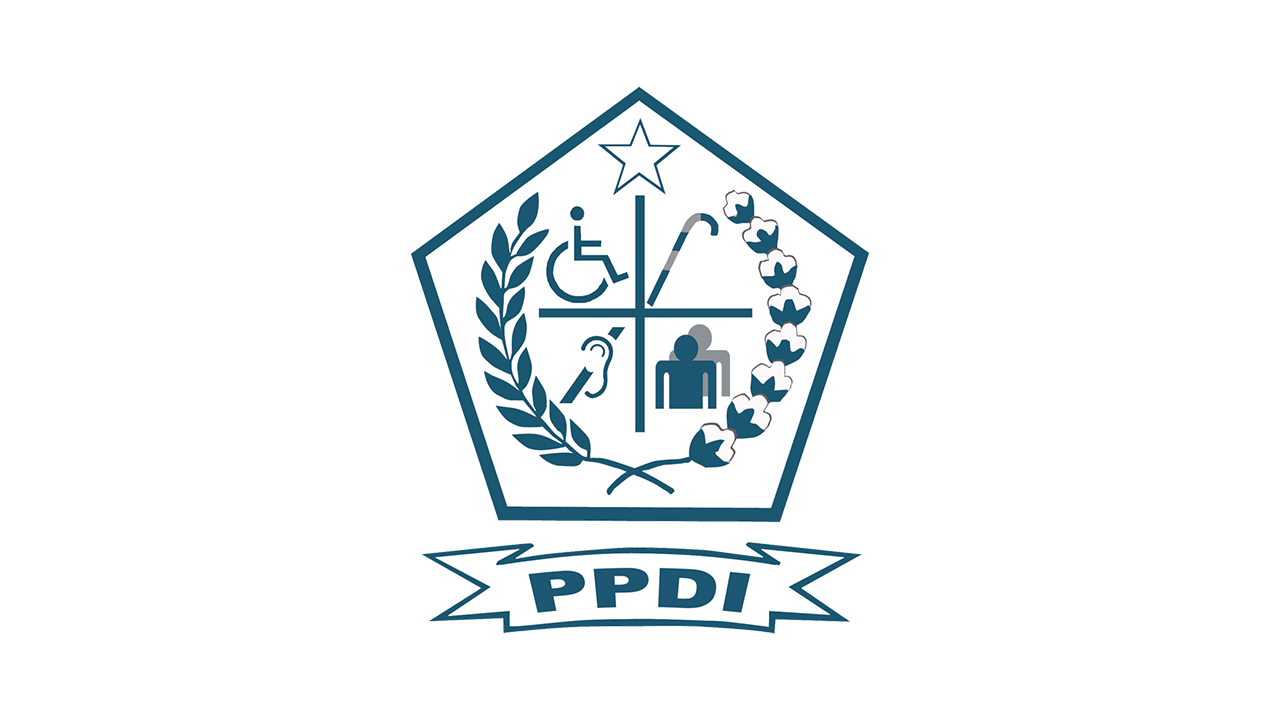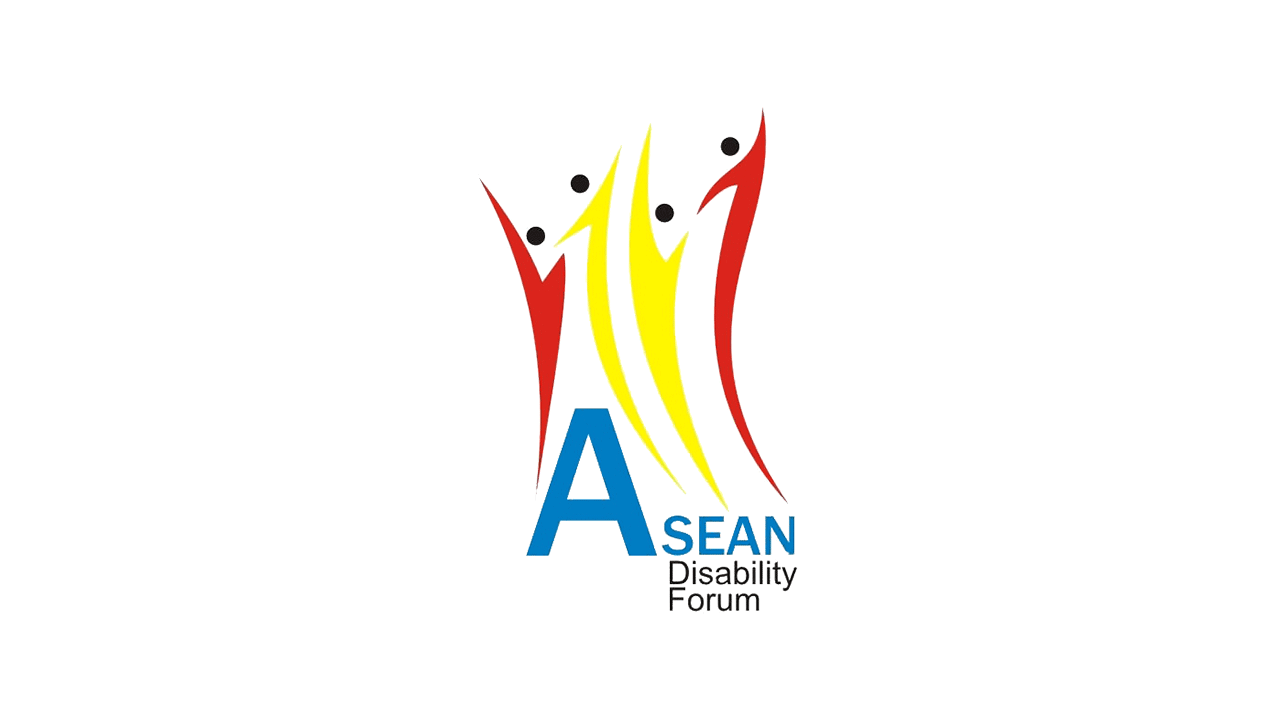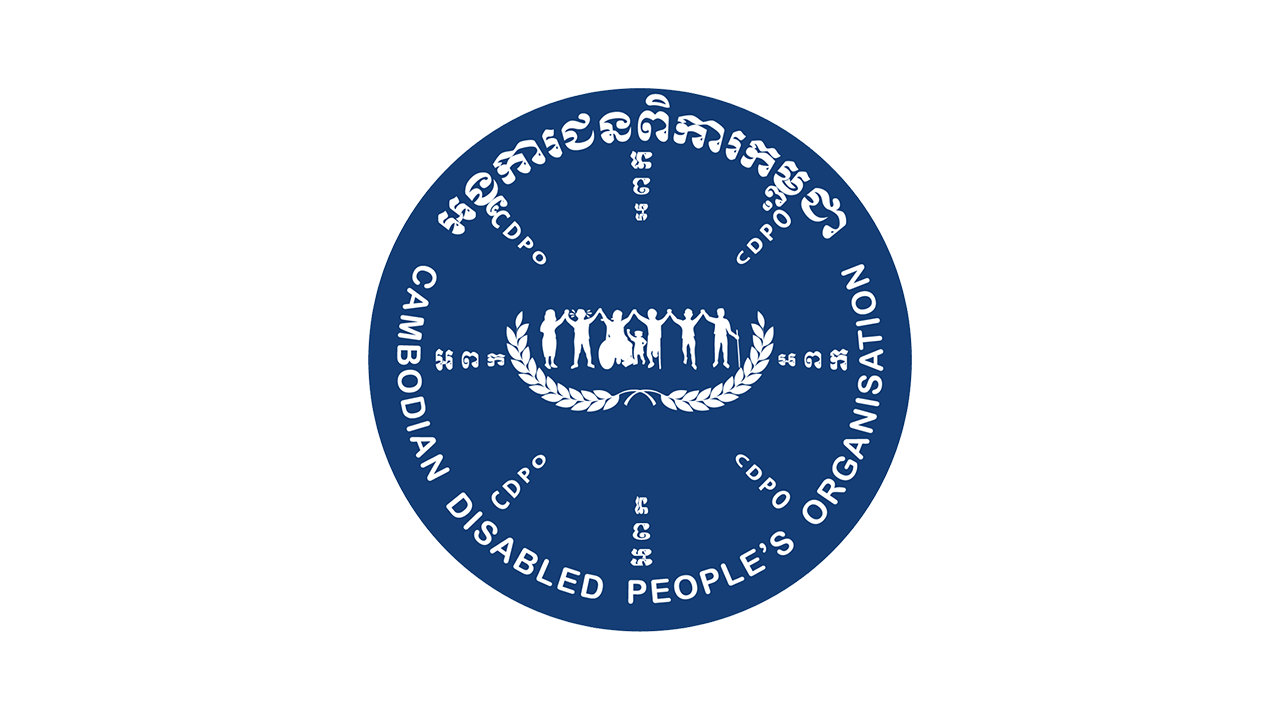What is Disability
Defining disability is not an easy task because every element of society has a different perspective. One group may perceive disability as a health issue while others view persons with disabilities as the object of charity. Others believe that it is not the disability that hinders someone from full participation, but it is barriers in society such as inaccessible buildings. A classic example for this is when a wheelchair user cannot go to watch a movie because the cinema building is not equipped with access for wheelchair.
Another factor that may contribute to the complexity of disability is the person’s environment. The World Health Organization’s World Disability Report 2010 reveals that persons with the same disability may have varied experiences. For instance, myopia is a common visual impairment that can be treated easily by wearing glasses, or, by minor surgery. However, in Brazil, children with myopia may find major obstacles in classrooms because their parents cannot afford glasses or surgery for them.
A UNESCAP Report reveals that every country has its own definition of disability. In fact, in several countries, such as Indonesia, each government office has its own term and definition of disability. It is because of th ese varied points of view that many international organisation such as DPI decided to neither adopt nor devise any definition for its organisation to avoid possible dissension with other parties.The Convention on the Rights of Persons with Disabilities Persons (CRPD), a universally recognised convention, does not include a strict definition of disability.Instead, the CRPD ‘recognises that disability is an evolving concept and that disability is more of an effect than a cause of an individual full participation in social life’.This concept is shared by another international instrument, International Classification of Functioning, Disability, and Health (ICF), that uses disability as an umbrella term to refer to an individual functioning: impairments, activity limitations, and participation restrictions.
Recent trends demonstrate that there has been a transition in perceiving disability from medical model to social model. The medical model views disability as a health issue while the social model views disability as the result of social interaction. It is important to point out that these models should not be viewed separately as disability can also stem from and influence one’s health condition and that these two models should complement each other.
Data on Disability
The World Report on Disability estimates that 15% of the world’s population, over one billion people, live with a disability, and 2,2% experience significant difficulties. However, the report also suggests that, to this date, there is not adequate data on the exact number of persons with disabilities. This is partly due to the varied, unstandardised methodologies of data collection that are employed in each country. Adequate data is certainly needed as the basis to formulate and develop strategies and planning to improve the well-being of persons with disabilities.
An effort to compile global data on disability has been taken by UN through its DISTAT, which is intended to store worldwide, readily available statistics of disability that is open to anyone who needs such data. However, the methods and standard applied by the contributing countries are still varied and, as aconsequence, the prevalence rate cannot be compared country-to-country.
Types of Disability
In laymen’s term, disability usually falls into the stereotypical disabilities such as persons who are missing limbs, wheelchair users, persons who are blind or deaf, and those with difficulties with speech. While this may be partially correct, disability is more than meets the eye. It involves not only visible disabilities, but also any kind of impairments that hamper day-to-day activities of a person.
The ESCAP Report reveals that the respondents’ response to the question on the types of disability varies. Some respondents are more focused on physical, sensory, and intellectual disabilities, while others include psyco-social and invisible disabilities, such as speech difficulties, and developmental disabilities.
Meanwhile, ICF, by combining social and medical model, measures the functioning of an individual in six domains:
- cognition (understanding and communication)
- mobility (ability to move and get around)
- self-care (ability to attend to personal hygiene, dressing and eating, and to live alone)
- getting along (ability to interact with other people)
- life activities (ability to carry out responsibilites at home, work, and school)
- participation in society (ability to engage in community, civil and recreational activities).
In more general terms, the website of Disabled World (http://www.disabled-world.com) suggests eight categories of disability:
- mobility and physical impairments;
- spinal cord disabilities;
- head injuries-brain disability;
- vision disability;
- hearing disability;
- cognitive or learning disability;
- psychological disorders;
- invisible disability.



